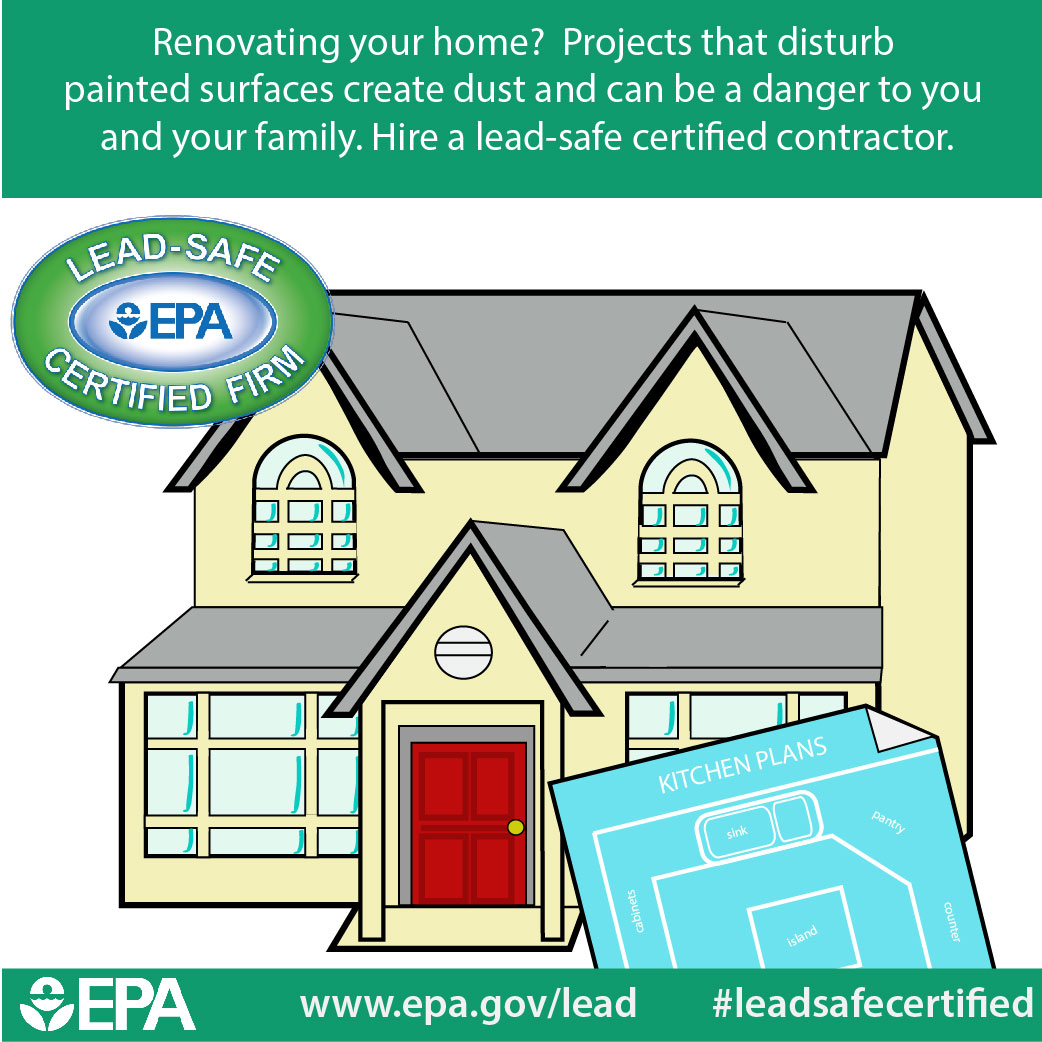Understand Exactly How Seasonal Conditions Affect The Success Of Business External Painting And Learn The Suitable Periods To Ensure Durable Results For Your Project
Understand Exactly How Seasonal Conditions Affect The Success Of Business External Painting And Learn The Suitable Periods To Ensure Durable Results For Your Project
Blog Article
Material Create By-Korsholm Skafte
When you're preparing an industrial outside paint job, seasonal aspects can make or damage your outcomes. You'll wish to think about how temperature and humidity influence paint application and drying out times. Selecting the appropriate season can guarantee your paint sticks correctly and lasts longer. However which seasons are absolutely the most effective for this kind of job? Let's check out the crucial elements that can influence your task's success.
The Influence of Temperature on Paint Application
When you're preparing a business exterior paint task, the temperature level can significantly influence how well the paint sticks and dries.
Ideally, you wish to paint when temperatures vary between 50 ° F and 85 ° F. If it's also cool, the paint might not treat effectively, leading to issues like peeling or splitting.
On Read A lot more , if it's too hot, the paint can dry out as well swiftly, protecting against appropriate adhesion and causing an unequal finish.
You ought to additionally consider the time of day; early morning or late afternoon offers cooler temperatures, which can be more favorable.
Constantly examine the supplier's suggestions for the specific paint you're making use of, as they commonly supply advice on the suitable temperature level variety for optimum results.
Humidity and Its Impact on Drying Times
Temperature level isn't the only ecological variable that affects your industrial exterior painting project; humidity plays a considerable duty also. High humidity levels can reduce drying out times substantially, affecting the total quality of your paint work.
When the air is saturated with dampness, the paint takes longer to cure, which can cause issues like poor bond and a greater risk of mildew development. If you're painting on a particularly humid day, be prepared for extensive wait times in between layers.
It's critical to monitor regional climate condition and plan accordingly. Preferably, go for humidity levels between 40% and 70% for optimum drying.
Maintaining these consider mind ensures your task remains on track and provides an enduring surface.
Best Seasons for Commercial Exterior Paint Projects
What's the most effective time of year for your industrial outside painting tasks?
Spring and very early fall are usually your best choices. During these seasons, temperature levels are mild, and humidity levels are usually lower, producing suitable problems for paint application and drying.
Avoid summer season's intense heat, which can trigger paint to dry also promptly, causing inadequate bond and finish. Similarly, interior painting contractor can impede correct drying and healing, risking the long life of your paint task.
Aim for days with temperatures between 50 ° F and 85 ° F for optimal results. Bear in mind to check the regional weather forecast for rainfall, as damp problems can spoil your task.
Planning around these aspects guarantees your paint job runs efficiently and lasts longer.
Conclusion
To conclude, planning your business exterior paint tasks around seasonal factors to consider can make a considerable distinction in the result. By scheduling work during the optimal temperature levels and moisture degrees, you'll guarantee better attachment and drying out times. Bear in mind to keep an eye on regional weather prediction and choose the correct time of year-- springtime and early loss are your best options. Taking these actions will assist you achieve a sturdy and professional surface that lasts.
